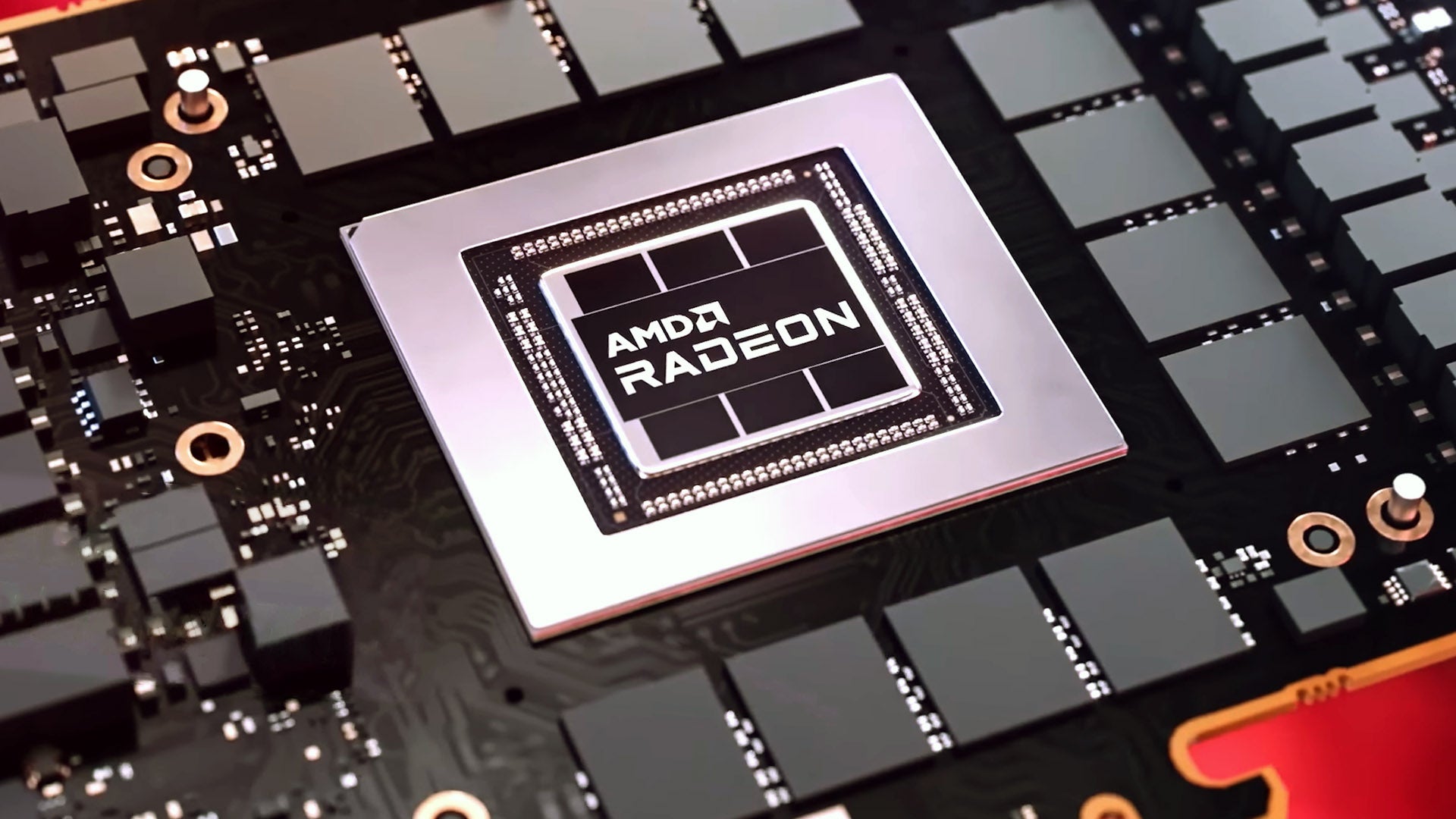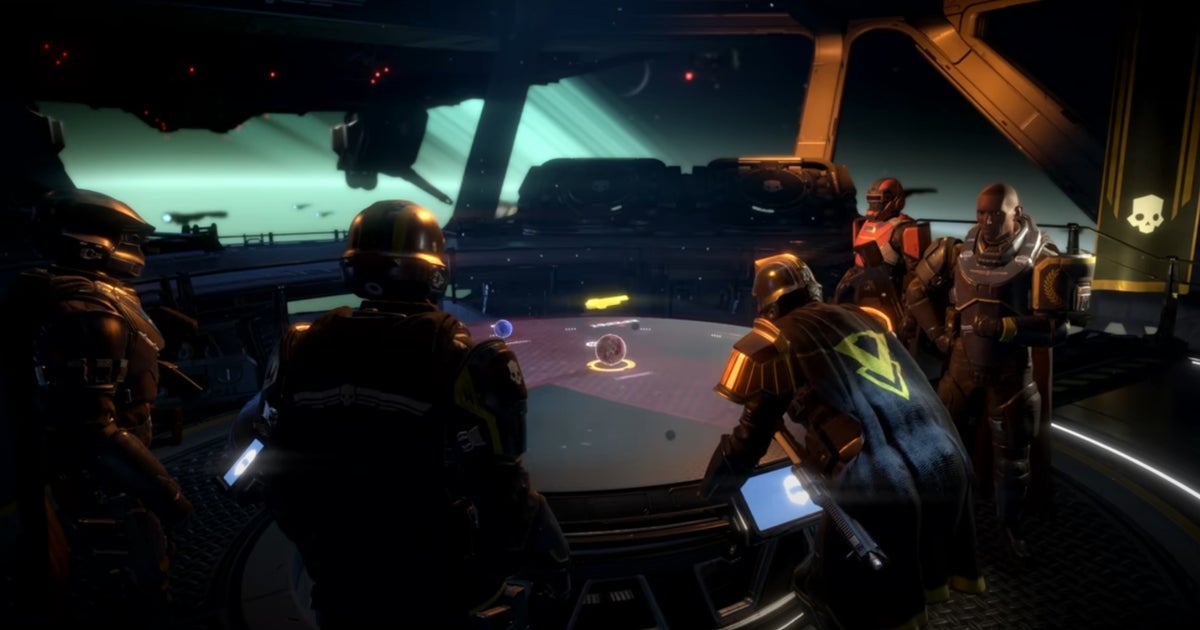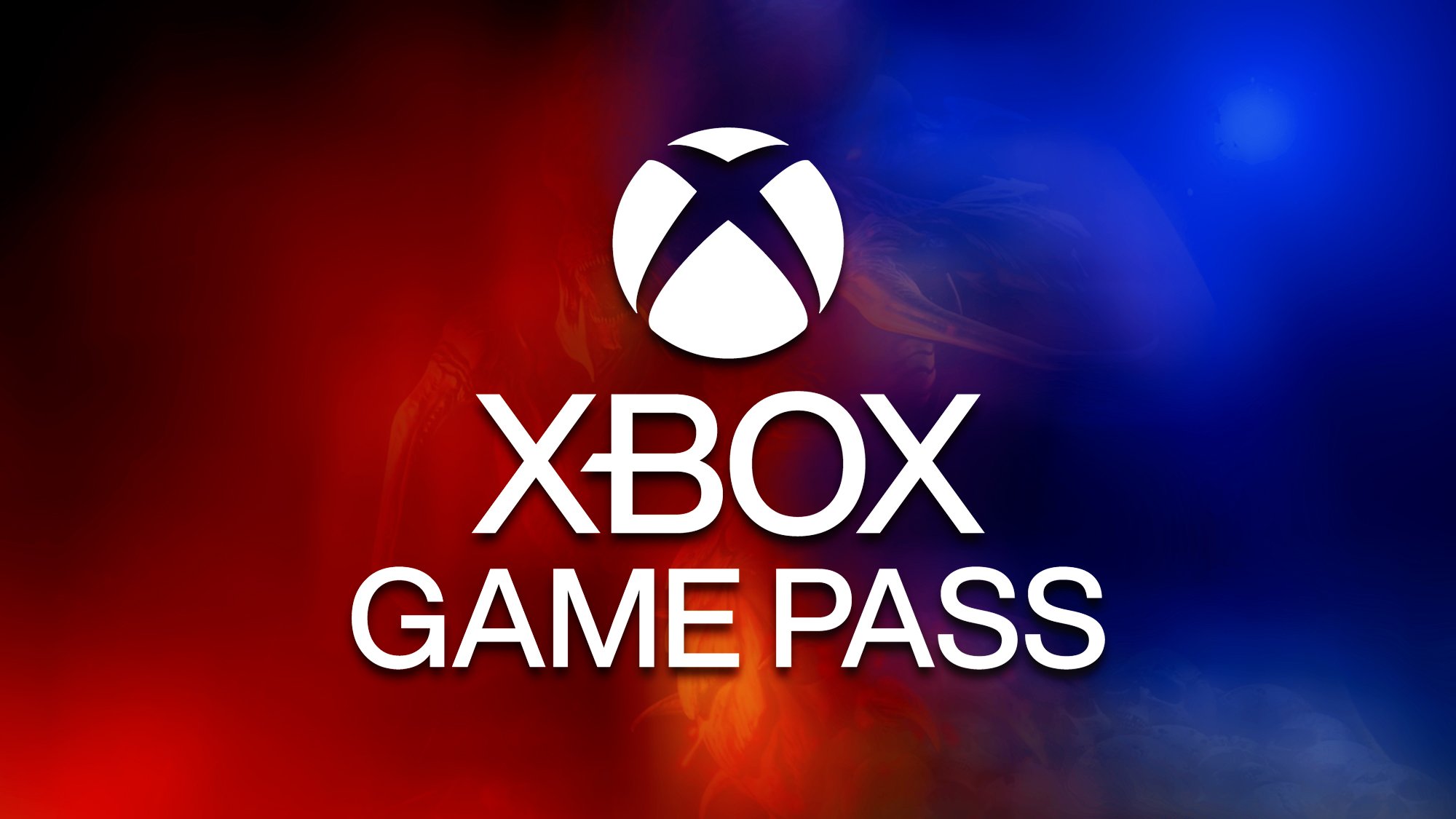So far, the story about the next generation of PC graphics cards has been fairly simple: It kicked off with the launch of the RTX 4090, which delivered flagship performance across the board, backed by Nvidia’s vision for a whole new era of PC gaming with ray tracing at the forefront. The story turned sour for the RTX 4080 – an underpriced premium GPU. AMD is now fighting back with its RDNA 3-based RX 7900 XTX and 7900 XT, at a time when Nvidia’s 4080 misstep offers the Radeon team the biggest chance to fight back in years. The excitement is palpable, and the prospect of competing with the dominant market leader is mouthwatering – but while the RX 7900 XTX is particularly impressive, there isn’t the coup de grace many hoped for here – the RX 7900 XT is a distinct disappointment .
Going into this generation, AMD provided performance numbers that suggested a performance multiplier of 1.5 to 1.7x for the RX 7900 XTX compared to its current flagship, the RX 6950 XT. Those performance gains are achievable, but the frame rate boost isn’t across the board – going into this review period, the hype suggests that the XTX should knock on the RTX 4090’s performance door when it comes to rasterization, while outright beating the RTX 4080.This Do Happened, but not with the frequency that established it as the norm. At the same time, the RX 7900 XT is simply too low compared to its flagship to justify its price — a major blunder by AMD.
Of course, this is just looking at the new RDNA 3 cards from a performance standpoint. On an engineering level – and from a strategic point of view – the new products based on the Navi 31 processor are innovative and impressive. Starting with the concept of a monolithic processor surrounded by memory modules, AMD took the chiplet approach that worked so well with Ryzen and applied it to graphics. GCD is a 5nm chiplet made by TSMC at the heart of new cards offering raw graphics power, surrounded by MCD on a cheaper 6nm node that houses Infinity Cache — 80MB for the RX 7900 XT and 96MB for the 7900 XTX. Smaller Chips are more cost-effective and potentially more scalable. While Navi 31 has only one GCD, the end result is clear: increase performance by chaining more GCDs together, just like AMD improved CPU performance in Ryzen.
Beyond that, the RDNA 3 card offers even more: the Radiance Display Engine is state-of-the-art, DisplayPort 2.1 connectivity opens up to support next-gen displays at up to 1440p @ 900Hz (! ), 4K at 480Hz and 8K at 165Hz . That’s a big advantage over Nvidia’s latest offerings, which are still running DisplayPort 1.4, limited to 8K at 60Hz and 4K at 240Hz. Having said that, I think the results we’ll see show that these ultra-high refresh rate applications are limited (actually a limitation of current CPUs) compared to the capabilities of graphics cards. That said, the esports favorite should be fine.
| Model | control unit | game clock | video memory | memory.bus | motherboard power supply | Introducing MSRP |
|---|---|---|---|---|---|---|
| RX 7900 XTX | 96 | 2.3GHz | 24GB | 384 bits | 355W | $999 |
| RX 7900 XT | 84 | 2.0GHz | 20GB | 320 bits | 315W | $899 |
| RX 6950 XT | 80 | 2.1GHz | 16 GB | 256 bits | 335W | $1299 |
| RX 6900 XT | 80 | 2.0GHz | 16 GB | 256 bits | 300W | $999 |
| RX 6800 XT | 72 | 2.0GHz | 16 GB | 256 bits | 300W | $649 |
One thing I want to point out before we go any further is that the “game clock” stated in AMD’s official specs (shown above) is very, very underestimated compared to the highly dynamic actual performance. The Riva Tuner Statistics Server reported more in the 2.6GHz to 2.8GHz range in my tests, and at 1080p I even saw the 7900 XTX flirting with 2.9GHz. In terms of frequency wars with Nvidia, RDNA 3 appears to be roughly on par with Ada Lovelace cards. I mention this because sub-par clocks were one of the major surprises/disappointments of the RDNA 3 reveal – reality is good.
Moving on to the physical form factor of the new RX GPUs, the card we’re reviewing today comes directly from AMD and is a reference version – and the most reasonable design we’ve seen. Similar to what’s happened with Nvidia’s new high-end offerings, third-party cards appear to be overkill. The reference design looks like a standard, reasonably sized, well-designed, solidly built GPU, both of which require two standard eight-pin PCI Express power inputs. We’ve seen an evolution of the RDNA 2 card design language, and I think these are attractive, understated designs.
The video outputs are definitely good, too: we’re looking at two of the ideal DisplayPort 2.1 sockets, paired with an HDMI 2.1 port and a USB-C output. By the way, the latter option also supports full DisplayPort 2.1 bandwidth. It’s a nice collection of options, but I do wish there was a small USB-C port in addition to the third DisplayPort, as we’ve seen on Nvidia’s reference RTX 2000 cards (unfortunately, the GeForce card comes last cut out the USB-C generation in one).
With each new generation, we’d like to see an increase in performance, but we’d also like to see power consumption stay roughly the same or even drop — which is pretty much exactly what we’ve seen with the RTX 4080. To judge RDNA 3’s power consumption, I selected four titles – two with ray tracing fully enabled at 4K and two without.
For the non-RT games, I chose Forza Horizon 5, a game that seemed to underperform RDNA 3, and Hitman 3, another game where the new architecture performed well. These benchmarks are calculated separately from the performance data elsewhere, in the case of Dying Light 2, from different content (I used actual in-game benchmarks for this, not the intro).
By measuring the average power consumption across the bench in watts and dividing by the frame rate, we get the measurement we’re looking for: Joules per frame, the lower the better. These tests are all new for this review, using Nvidia’s PCAT interposer, which sits between the power input and the GPU, while also measuring the power drawn from the motherboard’s PCIe slot.
| Graphics card RX 6900 XT | Radeon RX 7900 XT | Graphics card RX 7900 XTX | GeForce RTX 4080 | |
|---|---|---|---|---|
| Control, 4K, High RT | 300W/22fps – 13.36 joules per frame | 305W/30fps – 10.2 joules per frame | 349W/36fps – 9.7 joules per frame | 302W/44fps – 6.86 joules per frame |
| Dying Light 2, 4K, Ultra RT | 299W/24fps – 12.46 joules per frame | 306W/30fps – 9.0 joules per frame | 351W/38fps – 9.23 joules per frame | 301W/50fps – 6.02 joules per frame |
| Forza Horizon 5, 4K, Extreme, RT Off | 287W/89fps – 3.22 joules per frame | 302W/100fps – 3.02 joules per frame | 344W/113fps – 3.04 joules per frame | 224W/121fps – 1.85 joules per frame |
| Hitman 3, 4K, Max, Realtime Off | 309W/130fps – 2.38 joules per frame | 309W/175fps – 1.77 joules per frame | 355W/196fps – 1.81 joules per frame | 301W/181fps – 1.66 joules per frame |
In the RTX 4080 review, we saw some impressive efficiency from Nvidia – 30-50% less power per frame compared to the RTX 2080 and 3080. However, AMD did not fare well with RDNA 3. The RTX 4080 shipped with 51% less power than the RTX 3080 in Forza Horizon 5, but here the RX 7900 XT and 7900 XTX only use 5% to 6% less power.
On the other hand, Hitman 3 with RT disabled is closer to Nvidia in terms of efficiency – compared to RDNA 2’s RX 6900 XT, it is even more impressive. Compared to the previous flagship, the RX 7900 XTX consumes 24% less power, rising to 26% for the more efficient RX 7900 XT.
Moving on to RT titles, we should expect Nvidia to be more efficient with its dedicated RT hardware and higher performance – and it clearly is. Compared to the RX 6900 XT with Control, the 7900 XTX uses 27% less power, while the 7900 XT drops to 24%. In Dying Light 2’s new benchmark, the RX 7900 XTX consumes 27 percent less power, while the XT model consumes 28 percent less power.
Overall the RDNA 3 cards draw more power than the RX 6900 XT and while the increase in frame rate outweighed the increase in power draw in three of the four tests I would have liked to see better results comprehensive. Meanwhile, the Forza Horizon 5 results are puzzling, showing minimal improvements from the revised architecture and more advanced pipeline nodes.
Now let’s get into the benchmarks, but before we get started, here’s a brief overview of the new PCs we built to help test the new generation of GPUs. At the heart of our system is an Intel Core i9 12900K running at 5.2GHz with P cores and 3.9GHz with E cores. The CPU is augmented with 6000MT/s Trident Z5 RGB DDR5 memory from G-Skill. The Noctua NH-D15 is our go-to cooler for powerful processors while all games are run from the PCIe Gen 3 NVMe SSD. All components are mounted on an ASUS ROG Maximus Hero Z690 motherboard, while the power supply is powered by a Corsair RM1000i power supply.
AMD Radeon RX 7900 XT and 7900 XTX Analysis
- Introduction, Hardware and Power Analysis [This Page]
- RT Benchmarks: Dying Light 2, Cyberpunk 2077, Control, F1 22
- RT Benchmarks: Hitman 3, Metro Exodus Enhanced, Marvel’s Spider-Man Remastered
- RT/DLSS vs. FSR2 Benchmarks: Cyberpunk 2077, Dying Light 2, Marvel’s Spider-Man Remastered
- Gaming Benchmarks: Control, Cyberpunk 2077, Doom Eternal
- Gaming benchmarks: F1 22, Gears of War 5, Hitman 3
- Gaming benchmarks: Forza Horizon, Red Dead Redemption 2, Shadow of the Tomb Raider
- AMD Radeon RX 7900 XT and 7900 XTX: Digital Foundry Verdict








